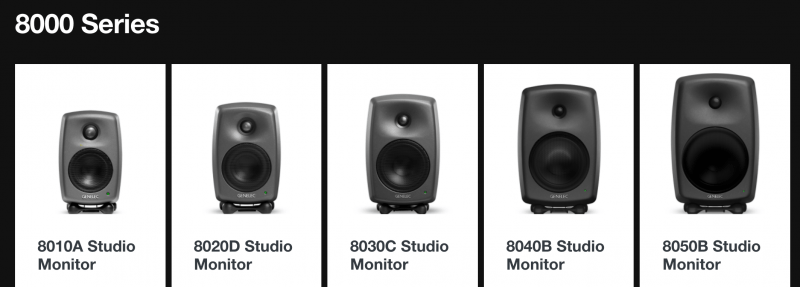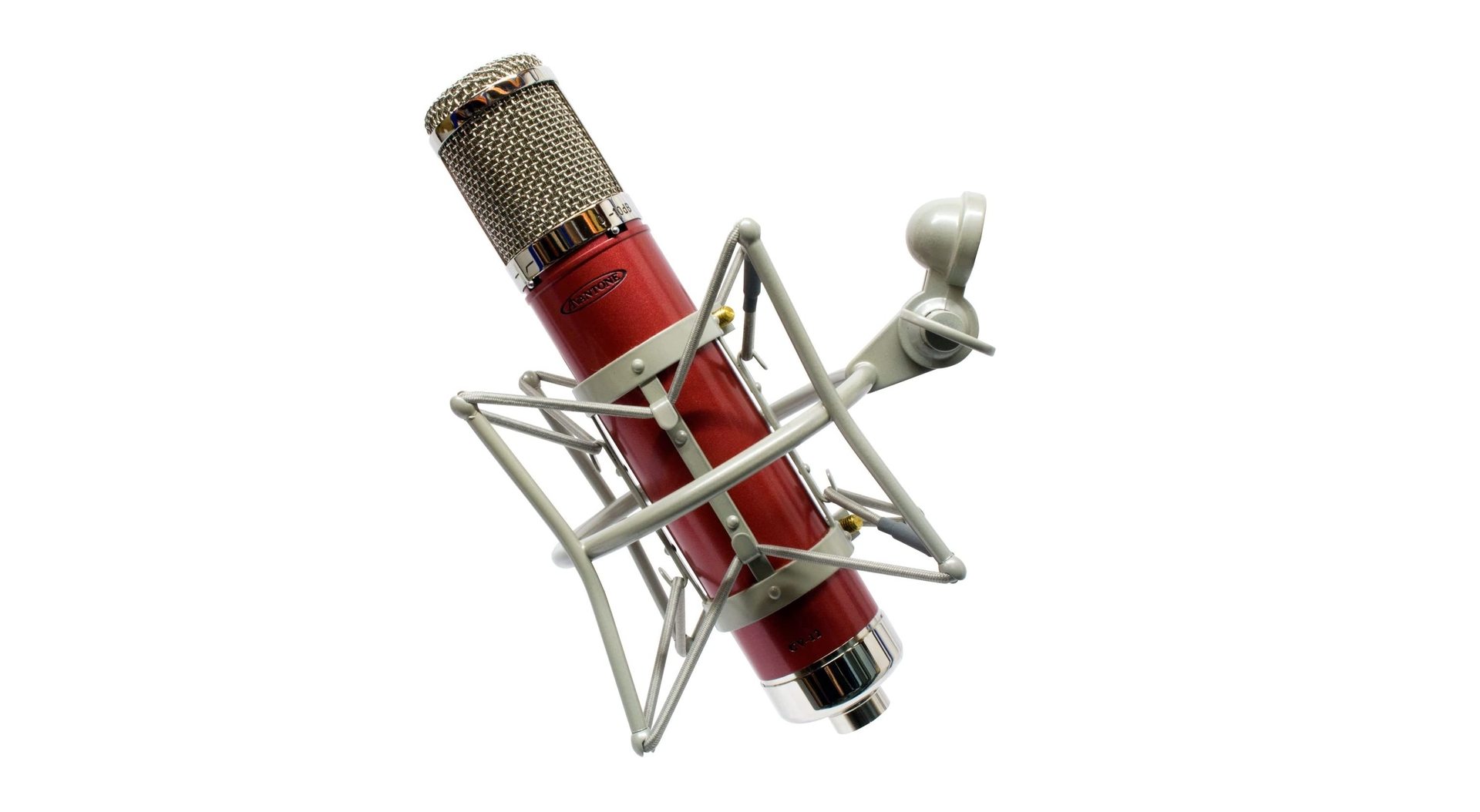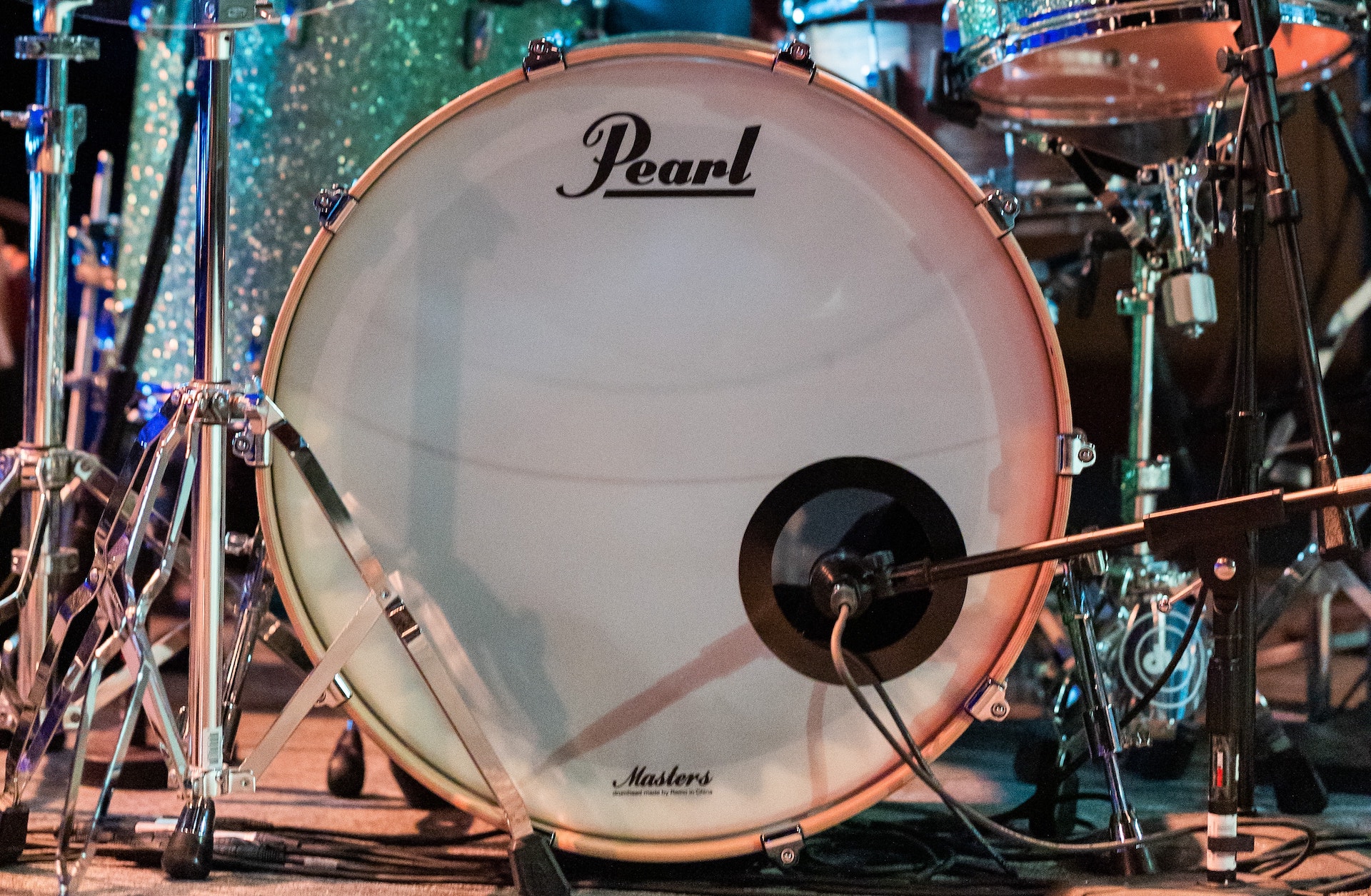I have been using Genelec studio monitors for years and I have recently had the…
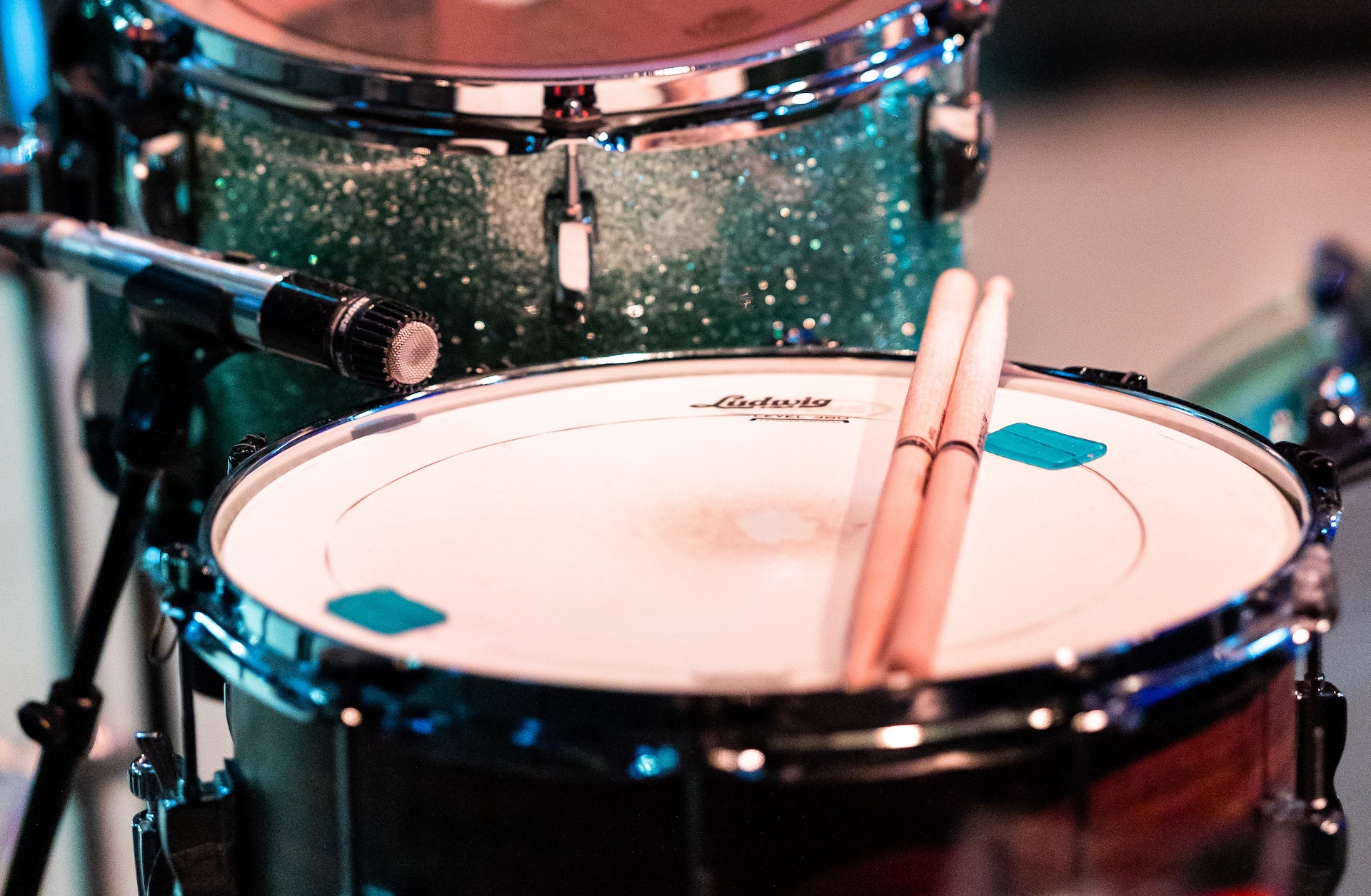
Recording Drums – How to Record a Snare Drum
How To Record a Snare Drum
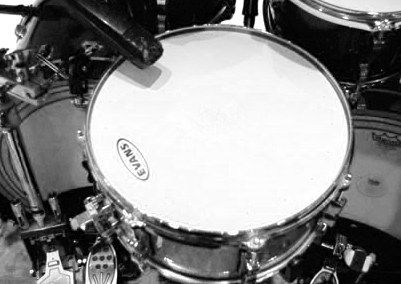 This is part two in the series of drum recording articles. Today I will write about how to record a snare drum.
This is part two in the series of drum recording articles. Today I will write about how to record a snare drum.
The first thing you need to have to get a great snare drum recording is a good snare drum. This is true with anything that you want to record. You also need to have a good drummer. Most good drummers know how to setup and tune their drums, if your drummer doesn’t you may want to call your local drum shop and see if you can hire a drum tech for the setup.
My go-to microphone for recording the snare drum is the Shure SM-57. There are many other mics that work great but I know that the SM-57 will work every time and if your band has a limited budget (which most do) there is no sense in playing around with other mics. However if you are recording a song where the drummer uses mostly brushes or plays softly like on a quiet jazz tune you may want to try something like the AKG-C451B.
The Techniques
Microphone Placement
I usually set up the SM-57 near the rim of the drum and point it toward the center of the drum. Very simple and effective.
If you want more of a bright sound that gets the snare rattle you can add a second mic and place it underneath the snare. For this mic I like to use a condenser mic that has a pad on it. My favorite microphone for this is the AKG-414. I like to record this on a second track, pad the mic and flip the phase on this channel. You can combine the two signals into one track if you are brave and confident but I don’t recommend it.
Another trick is to place another mic off to the side of the snare about 4 feet away and use that to trigger a gate when you are mixing.
Generally I like to keep it simple and use one microphone. Remember that the other drum mics will pick up the snare and add to the overall sound. You are capturing the close attack sound and the body of the snare with the close mic and the room mics will generally pick up the brightness of the drum.
Recording Chain
I usually add a compressor and EQ channel before the signal gets to the recording device. I only recommend this when you know what you are doing with compression and EQ. This cannot be undone when you work this way. If you are just starting out you may want to add light compression and no EQ before the recording input and then experiment with the compression and EQ after the signal is recording.
Mixing the Snare
The final part of how to record a snare drum is the mix. The mix of the snare depends on the style of music and the playing. Generally I compress the snare pretty hard when I am working on a louder song to get a nice attack. I use a little EQ in the mix but if the recording was done right there is not a lot that needs to be done.
I like to use the same reverb for the whole drum kit to make it sound uniform. Sometimes you don’t need reverb if you have used room mics and like the sound of the room.
Remember to listen to the whole mix and not get too focused on the individual instruments and have fun!

